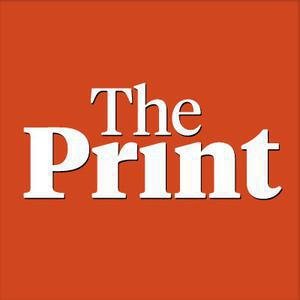Amazon has long faced accusations of monopolistic practices, and now, the Federal Trade Commission claims it has proof in the form of an algorithm. In September, the FTC, along with 17 states, filed a lawsuit against Amazon.
The suit’s central allegation is that the online retailer intentionally punished rivals for offering lower prices than Amazon.
In newly un-redacted documents, the FTC says Amazon used a secret algorithm to raise prices on other retail sites and then destroyed internal communication when the FTC began its investigation.
“We note in the complaint, both a set of anti-discounting tactics that Amazon uses to punish any seller or retailer that dares to discount,” FTC Chair Lina Khan said. “And ultimately, these sets of tactics deter sellers and retailers from lowering prices and closes off an entire dimension of price competition.”
An FTC court filing released on Thursday, Nov. 2, alleges Amazon used an algorithm dubbed “Project Nessie” to push prices up, generating more than $1 billion in additional profits. According to the FTC filing, Amazon used Project Nessie to predict what products it could raise prices on in a way that would force competitors to do the same.
An Amazon spokesperson said the FTC has “grossly mischaracterized” its pricing tool, Project Nessie, which the company said was implemented to stop its price matching from lowering prices to unsustainable levels, adding that the company turned it off years ago because it didn’t work as it was supposed to.
But the FTC contends that since its creation in 2014, Amazon has turned it on and off at least eight times between 2015 and 2019. In April of 2018, the FTC alleges that Amazon used Project Nessie to set prices for more than 8 million items that cost nearly $194 million.
In the lawsuit, the FTC also accuses the online retail giant of destroying more than two years’ worth of internal communications between 2019 and 2022 on the app Signal.
The new details come as a version of the lawsuit with fewer redactions became available on Thursday, Nov. 2, in a U.S. District Court in Seattle.




















































